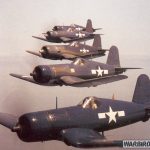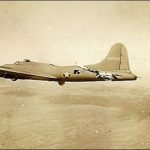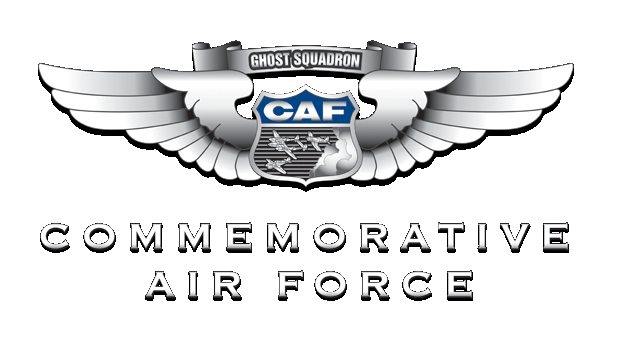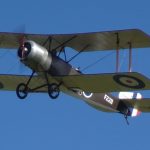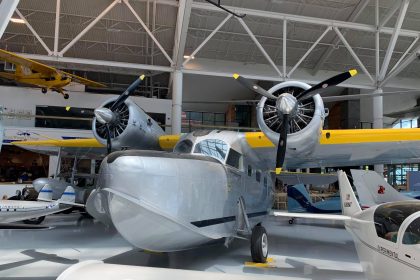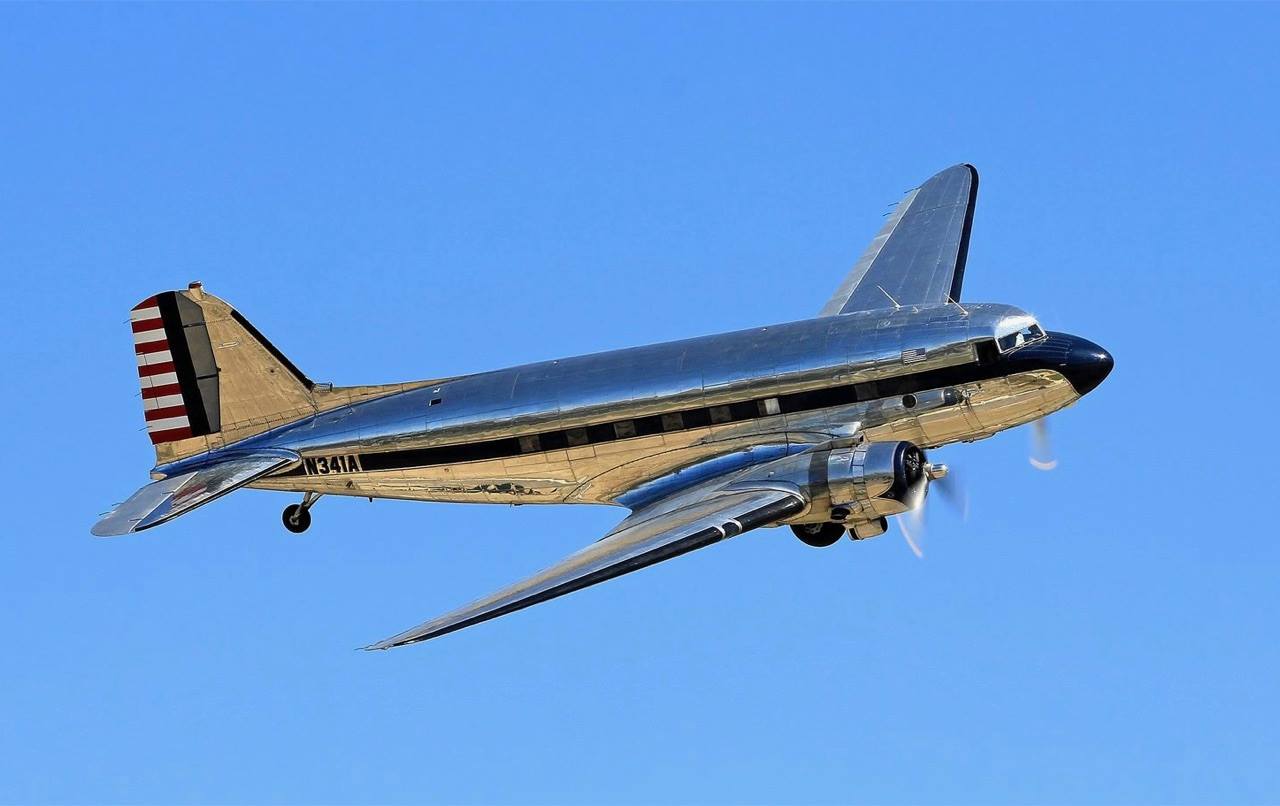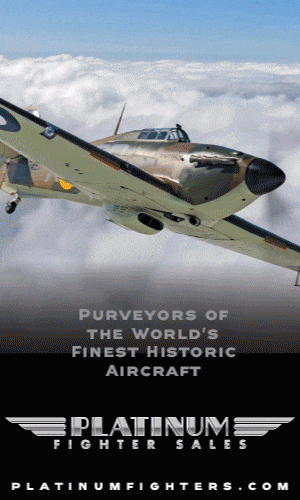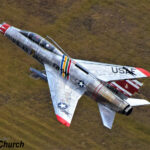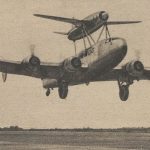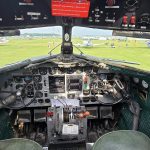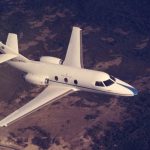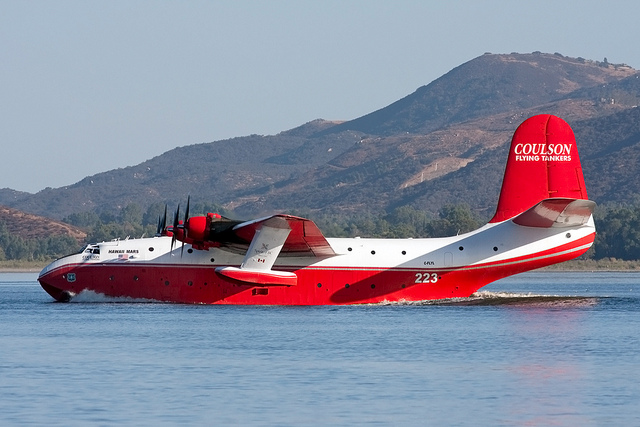On this day in aviation history, May 8, 1943, the Savoia-Marchetti SM.95 took to the skies for the first time—marking the debut of Italy’s largest four-engine aircraft of the era. Initially conceived in 1937 as a civilian airliner, the SM.95’s development shifted toward military applications with the onset of World War II. Designed for cargo and troop transport, the aircraft reflected the changing needs of a nation at war.

The SM.95 was also considered for use as a bomber. A proposed variant, the SM.95B, was never built, while a developmental model known as the SM.95C made its first flight in August 1943 but was not used operationally. Following Italy’s armistice with Allied forces in September 1943, further development of the aircraft was halted. The two completed airframes were seized by German forces. Powered by four Alfa Romeo 128 R.C.18 radial engines producing 850 horsepower each, the SM.95 had a top speed of 224 mph and a range of 1,200 miles. It carried a crew of four to five and accommodated between 20 and 38 passengers. Only 20 examples were ultimately constructed.

Earlier in the war, Italian planners briefly considered using an SM.95 variant—the long-range SM.95 GA—for a bombing mission over the United States, specifically targeting New York City. Codenamed “Operation S,” the mission was revised by Mussolini, who, recognizing the large Italian-American population in the city, ordered that propaganda leaflets be dropped instead of bombs. The operation was never carried out.
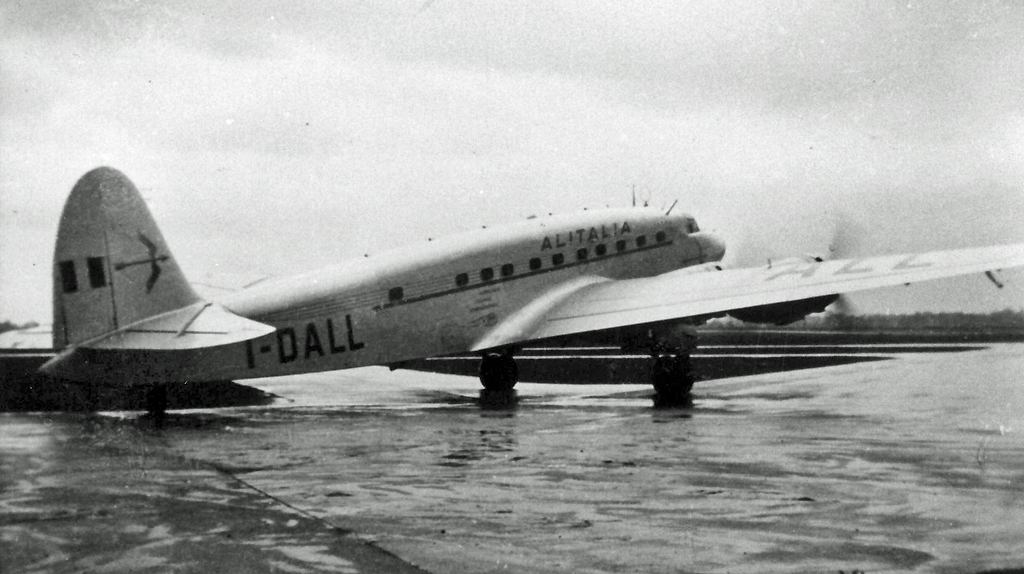
Though produced in limited numbers and used only briefly, the SM.95 remains a fascinating footnote in the history of World War II aviation, illustrating the evolving ambitions and challenges of Italian aerospace engineering during the conflict.




